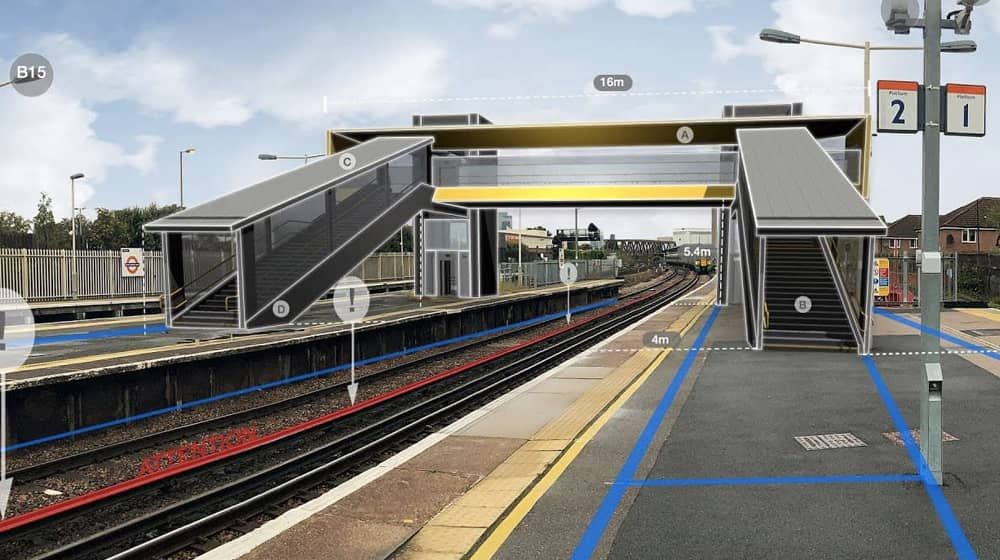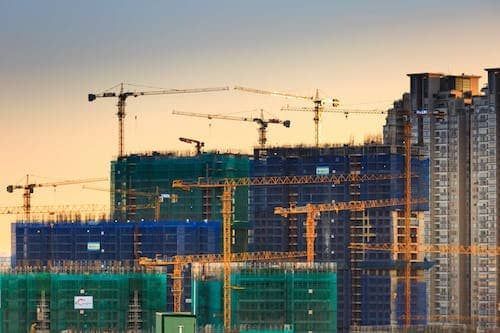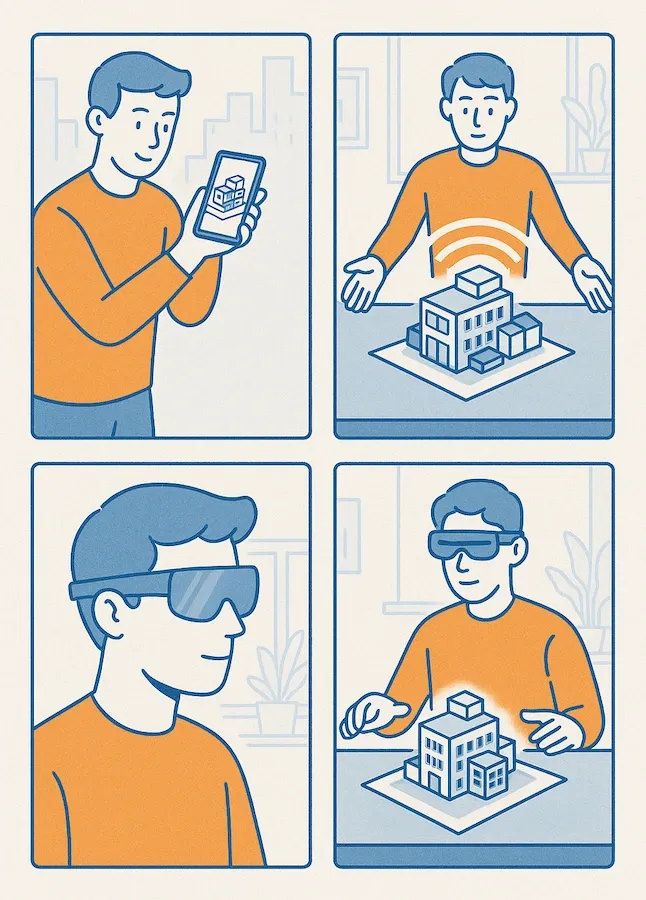
Augmented Reality in Architecture (Examples)
Planing buildings can be quite complex. It usually involves many experts and each of them create their own plan. AR could help to put it all together in a way that is easy to comprehend. It could prevent many problems in the construction process.

Benefits
Visualization is one of the general strengths of AR technology. Architects can present their work to clients, as well as other planners involved in the process. Others could experience the future building in full-scale and in context of the surroundings. This technology is especially valuable if every planner is included. It wouldn’t be the first time that an electrical planner plans a wire straight through an elevator or through an open space. Such errors would be apparent in AR. This could result in huge savings thanks to early error detection.
Planning down to the last detail
Thanks to the recording of building data, rooms can be designed down to the last detail. Wall surfaces and the positions of windows, doors, and electrical installations can be displayed in real time. The architect can visually see his creation in this display and thus immediately convince the client.
Construction errors can be detected early
Problems on the construction site can be anticipated. After all, it wouldn't be the first time a cable was planned to run straight through an elevator shaft. Augmented reality can detect such errors early on, saving a lot of money.
After construction
There are also additional application possibilities after construction is complete. For building maintenance, it is important to know which components were used where in the room. With mixed reality, an employee can overlay the room with all components, allowing them to see exactly where the electrical or water pipes are located in the wall. The possible applications are virtually limitless.
Term: Mixed Reality

Challenges
Different companies and self-employed individuals typically use different software and apps. All of this data, based on different programs, must be brought together. Ultimately, it's also about getting good value for money. This technology is most useful for large projects, where small mistakes can cost millions.
High costs for architecture
With BIM (Building Information Modeling), there is already a standard for augmented reality. However, architects face a major challenge with this technology as well. In reality, planning with BIM requires a significant amount of additional work. Small architectural firms, in particular, may not be able to afford to prepare the data accordingly. Application manufacturers must design their products in such a way that architects can create as many presets as possible to reduce the effort involved.
Project planning and reality
Another problem in architecture is that projects rarely go according to plan. Therefore, it is necessary to carefully consider whether the use of a building makes sense.
Easy to use
For AR to become fully established in architecture, workflows must be as simple as possible. Additionally, the systems must be affordable for architecture firms. The use of apps, glasses, and displays must also be intuitive, so firms will want to use them regularly.

Take away
To get the full benefit of this idea the technology is probably not developed far enough. But there are already realistic use cases for architects.
Examples
ARki
The smartphone app ARki allows users to preview their 3D architecural models in 3D space.
Virtualist
Sources

Founder and CEO
Passion for New Technologies
As a creative engineer and consultant specializing in holistic digital transformation, I have spent over 15 years helping renowned companies use new and innovative technologies in creative and meaningful ways.
At "The Spatial Studio," my team and I combine engineering expertise, software development, and UX design to create entirely new three-dimensional possibilities for our clients.
